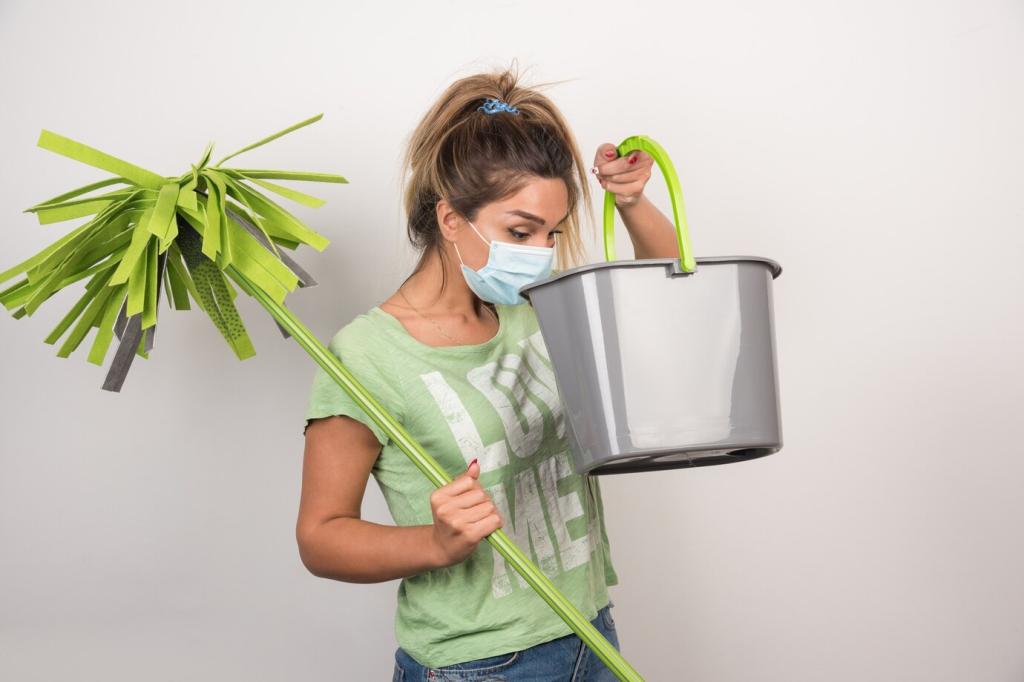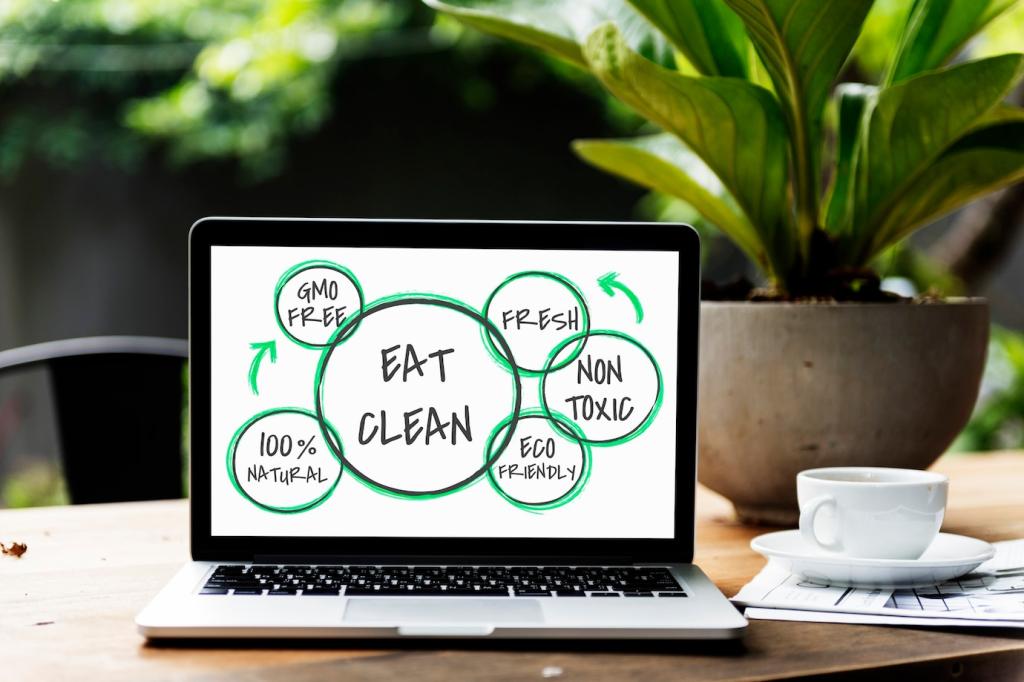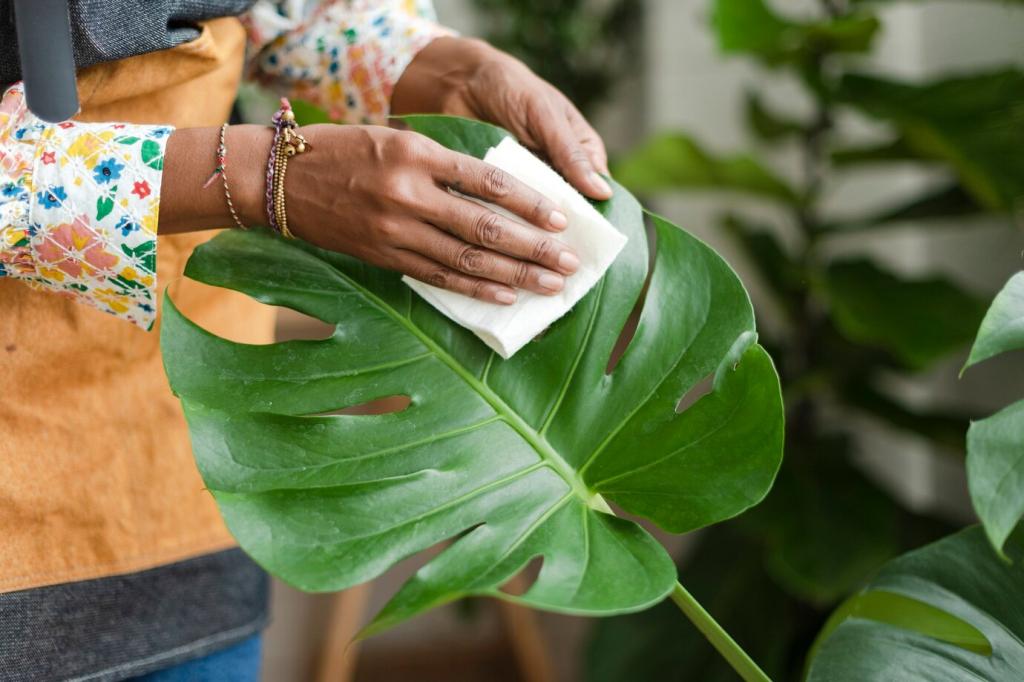Theme: How to Choose Safe and Green Cleaners for Your Home
Chosen theme: How to Choose Safe and Green Cleaners for Your Home. Let’s make your rooms shine without the fumes, waste, or worry—so your family, pets, and our planet can breathe easier. Join the conversation and help shape a healthier clean.

Why Green Cleaners Matter
Conventional cleaners can leave behind fumes, residues, and microplastic-laden packaging that outlast our chores by decades. Some ingredients disrupt hormones or aggravate asthma. Safer options trim these hidden costs. What trade-offs have you noticed after switching products at home?
Decoding Labels and Certifications
01
What ‘Biodegradable’ Actually Means
Biodegradable sounds reassuring, yet conditions matter. Some ingredients break down only in industrial systems, not backyard soil or oceans. Look for timeframes, standards, and disposal guidance. Have a product you’re unsure about? Post the label details and we’ll help interpret them.
02
Trusted Certifications to Look For
Seek seals like EPA Safer Choice, EU Ecolabel, USDA Certified Biobased, or Cradle to Cradle. They assess toxicity, environmental fate, and performance. See a local or national label we missed? Comment with your region, and we’ll expand our global reference guide.
03
Spotting Greenwashing Red Flags
Beware vague claims like “natural,” “non-toxic,” or “eco-friendly” without data. Watch for undisclosed fragrance blends and tiny fonts hiding harsh additives. Ask for full ingredient lists and safety data. Tell us your red-flag phrases so we can compile a community watchlist.
Safer Stars
Look for plant-derived alcohols for sanitizing, sodium bicarbonate for gentle abrasion, citric acid for mineral deposits, and alkyl polyglucosides for mild yet effective cleaning. Enzymes can target stains at low temperatures. What’s your most dependable, safer ingredient duo for weekly chores?
Ingredients to Minimize or Avoid
Steer clear of quaternary ammonium compounds for everyday use, undisclosed phthalates in fragrance, and chlorine bleach unless necessary. Avoid mixing bleach with ammonia or acids. Watch for optical brighteners and 1,4-dioxane contamination. Want a wallet-size avoid list? Subscribe for our printable pocket card.
Fragrance: Frills or Risk?
“Unscented” and “fragrance-free” are not the same: unscented may still mask odors with chemicals. Choose fragrance-free or brands disclosing full fragrance components. Sensitive nose? Share your favorite low-scent formulas so others with allergies can benefit from your experience.
DIY vs Store-Bought: Choosing Your Path
When DIY Shines
Glass cleaner from diluted vinegar, scouring paste from baking soda, and peroxide spot-treatments can be affordable, effective standbys. Always label homemade mixes, test on small areas, and store safely. Got a fail-proof recipe? Share it so our community can refine and reuse.
When Store-Bought Wins
During illness, after raw meat spills, or for time-sensitive deep cleans, certified ready-to-use formulas can be the safest choice. Concentrates and refill systems cut waste. Tag a brand that impressed you with transparency; we love showcasing companies that earn trust.
Cost and Waste Considerations
Calculate per-ounce costs and factor in dilution. Reuse durable spray bottles, choose bulk or refills, and seek recyclable packaging. Refill stations can slash plastic dramatically. What local refill options have you found? Share locations to build our crowd-sourced map.


Room-by-Room Green Cleaning Guide
Use a mild, plant-based dish soap or alkaline cleaner for greasy hoods, then rinse. For surfaces touching food, finish with hydrogen peroxide or ethanol per label directions. Never mix vinegar with bleach. What’s your best trick for roasted-on sheet pans?
Room-by-Room Green Cleaning Guide
Citric acid dissolves limescale on faucets and glass. For mildew, ventilate, then apply peroxide and dwell before scrubbing. Keep a squeegee in the shower to prevent buildup. Have a hard-water victory story? Share your before-and-after to inspire new readers.
Habits, Storage, and Safety
Keep products in original containers or clearly labeled bottles, away from heat and kids. Date your DIY solutions, and never mix products unless directions specify. Do a cabinet audit tonight and share one change that made your setup safer.
Habits, Storage, and Safety
Overconcentrating wastes product and can leave residues; underdosing underperforms. Follow dilution charts, consider water hardness, and measure consistently. Want our printable dilution cheat sheet? Subscribe and we’ll send a version tailored to common concentrate strengths.

